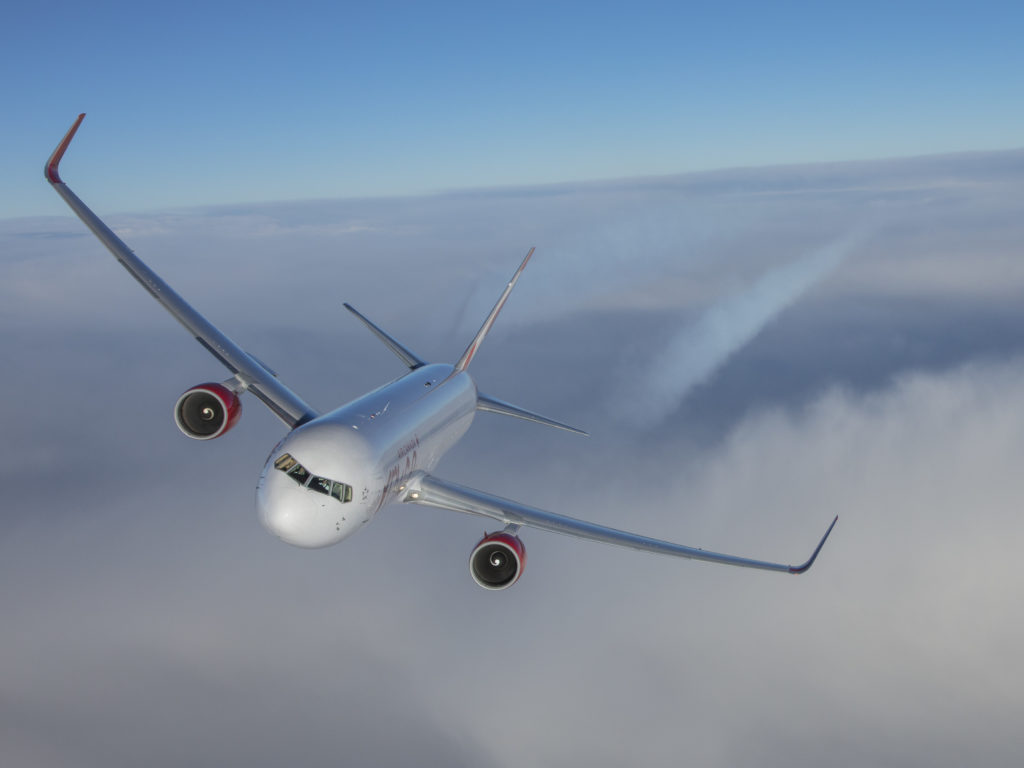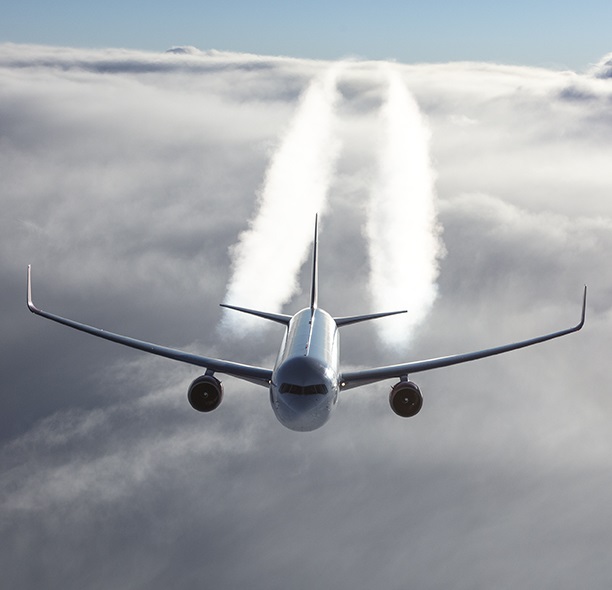Estimated reading time 5 minutes, 10 seconds.
The aviation industry is projecting unprecedented growth. Last year, the sector carried four billion passengers. By 2037, aviation is projected to double by safely transporting 8.2 billion passengers around the world. With this growth comes both opportunities and challenges for Canada.

There has been significant media coverage in recent months associated with the environmental impacts of aviation. “Flight shaming” has emerged as a new social phenomenon, discouraging the use of air travel because of its carbon emissions.
Aviation is responsible for approximately two per cent of global emissions (about 12 per cent of all transportation-related emissions), according to the Air Transport Action Group. Although about 80 per cent of aviation emissions comes from flights over 1,500 kilometres, for which there isn’t another viable form of timely transportation, environmental sustainability is a critical consideration in aviation.
Sustainability is focused on meeting the needs of the present without sacrificing future generations’ ability to meet their needs. It has three pillars of equal importance: economic growth; environmental protection; and social inclusion.
These three pillars are reflected within the United Nations’ Sustainable Development Goals — 17 global goals that serve as a blueprint for a sustainable future for all. The goals range from gender equality (Goal 5) to decent work and economic growth (Goal 8), to climate action (Goal 13).
Sustainability offers a critical perspective when considering how aviation should evolve to meet the projected demand. Economically-speaking, the benefits of aviation are undeniable. The industry employs more than 60 million people around the world. If aviation were a country, its economic impacts would rank it 21st in size by gross domestic product.
A sustainable future for aviation must seek a balance between economic benefits and environmental impacts.
The International Civil Aviation Organization (ICAO) has established the goal of carbon-neutral growth from 2020 (CNG 2020) onwards. Although “carbon-neutral growth” may seem like a misnomer, the intent is for air traffic to increase while never allowing annual net emissions to surpass those produced in 2020.
CNG 2020 relies on a basket of environmental measures including sustainable aviation fuels, efficient airframes and engines, more direct navigation, and a market-based measure called the Carbon Offsetting and Reduction Scheme for International Aviation (CORSIA).
The third pillar of sustainability is associated with social actions. In the coming 20 years, Boeing projects that the world will need 804,000 new pilots, 914,000 cabin crew, and 769,000 new technicians to sustain operations. By some accounts, this demand for recruits exceeds the current global training capacity, raising questions about how to ensure enough competent professionals to support the aviation sector.

Even today, the impacts of personnel shortages are felt around the world. Operators may cancel flights due to a lack of available pilots and cabin crew or have difficulty hiring technicians to ensure aircraft airworthiness. If not managed properly, personnel shortages will have crippling and far-reaching implications throughout the global air transport sector.
Historically a male-dominated field, with only about six per cent of airline pilots being female, aviation must also better support diversity. The International Air Transport Association has set an ambitious goal of a minimum of 25 per cent female representation within airlines by 2025.
To address these issues, a new theme of research is emerging around attracting, educating, and retaining the “Next Generation of Aviation Professionals (NGAP).”
This work draws together multi-disciplinary guidance from a variety of sources: outreach techniques, human resources, education, safety science, national and organizational culture, language training, diversity and inclusion, scheduling practices, new technologies and professional development, among many others.
There is a lot of work needed to achieve a sustainable future for air transportation. We cannot address the challenges facing the future of aviation using the tools of the past.
Canada is home to leading universities, organizations, and operators — many with previous experience in aviation and others who may not be aware that their work may provide solutions to these challenges. By drawing together this expertise and facilitating its application to aviation under a national aviation/aerospace strategy, we can ensure Canada remains a leader within aviation economic, environmental and social sustainability.
This article originally appeared in The Hill Times on Nov. 25, 2019. It is republished here with the permission of the author.








